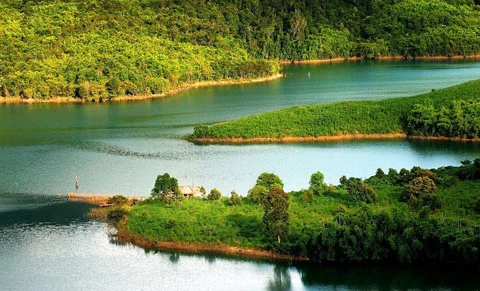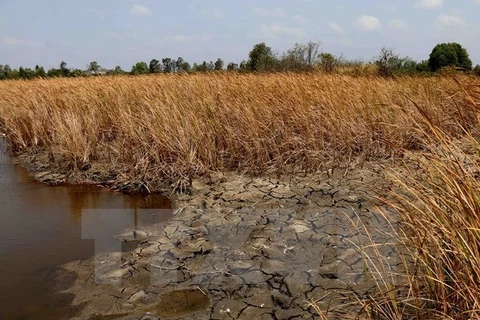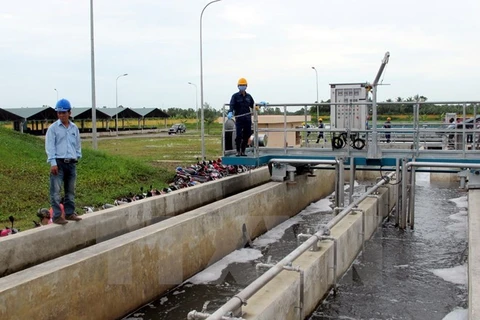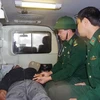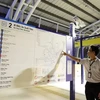Hanoi (VNA) - Some 2.5 million people living in suburban areas in Hanoi do not yet have access to tap water, the city’s Centre for Clean Water and Rural Environmental Hygiene has revealed.
In a report on clean water access in Hanoi in 2016, the centre said the rate of people in suburban areas accessing tap water supply increased 3.3 percent compared with the previous year. However, the city’s target of supplying clean water to all people in the city by 2020 would not be achieved unless serious measures were implemented.
Many people in the west of the city, such as Dong Anh and Soc Sơn districts, had to use water from ponds or wells for daily chores, impacting their health and causing diseases related to the skin and eyes.
According to a recent announcement of the Ministry of Natural Resources and Environment, Lung Vi Village in Chuong My District and Thong Nhat Village in Ung Hoa District were the two villages with the poorest water quality in the country.
In some areas locating along the Nhue River, including Cu Khe Ward in Thanh Oai District, Tien Phong Ward in Thuong Tin District, Chuyen My Ward in Phu Xuyen District and Dong Lo Ward in Ung Hoa District, the water quality was substandard. Some water samples were taken from a depth of 40-50m but still had foul odour.
Suburban people were even facing a shortage of water in the dry seasons and were forced to use contaminated water or buy water at high prices, such as those living in Trung Hoa and Truong Yen communes in Chuong My District and Chang Sơn Commune in Thach That District.
The city authority has built water supply stations for these areas, but some have failed to ensure water supply for residents.
According to the centre, the city has implemented measures to attract investment capital from enterprises and individuals. The city has asked the Hanoi Clean Water One Member Co. Ltd to expand the model of water supply using German water treatment technology to develop the water supply network in suburban areas.
The city has also ordered the company to disseminate information about the protection of water sources and reduce wastage of water. — VNA
In a report on clean water access in Hanoi in 2016, the centre said the rate of people in suburban areas accessing tap water supply increased 3.3 percent compared with the previous year. However, the city’s target of supplying clean water to all people in the city by 2020 would not be achieved unless serious measures were implemented.
Many people in the west of the city, such as Dong Anh and Soc Sơn districts, had to use water from ponds or wells for daily chores, impacting their health and causing diseases related to the skin and eyes.
According to a recent announcement of the Ministry of Natural Resources and Environment, Lung Vi Village in Chuong My District and Thong Nhat Village in Ung Hoa District were the two villages with the poorest water quality in the country.
In some areas locating along the Nhue River, including Cu Khe Ward in Thanh Oai District, Tien Phong Ward in Thuong Tin District, Chuyen My Ward in Phu Xuyen District and Dong Lo Ward in Ung Hoa District, the water quality was substandard. Some water samples were taken from a depth of 40-50m but still had foul odour.
Suburban people were even facing a shortage of water in the dry seasons and were forced to use contaminated water or buy water at high prices, such as those living in Trung Hoa and Truong Yen communes in Chuong My District and Chang Sơn Commune in Thach That District.
The city authority has built water supply stations for these areas, but some have failed to ensure water supply for residents.
According to the centre, the city has implemented measures to attract investment capital from enterprises and individuals. The city has asked the Hanoi Clean Water One Member Co. Ltd to expand the model of water supply using German water treatment technology to develop the water supply network in suburban areas.
The city has also ordered the company to disseminate information about the protection of water sources and reduce wastage of water. — VNA
VNA

